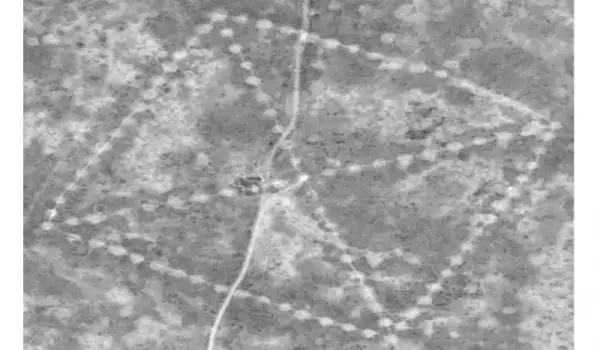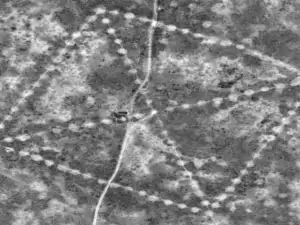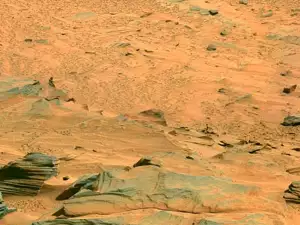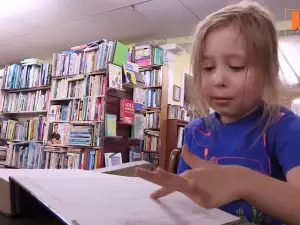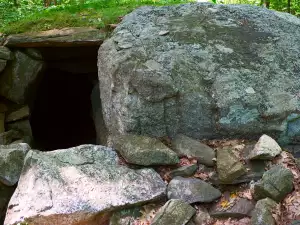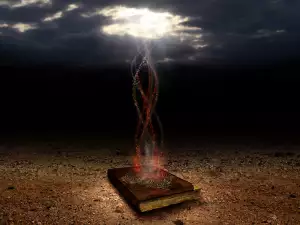Pictures taken from space by a NASA satellite reveal more than 260 mysterious forms, including a swastika and cross, scattered about the barren Kazakh Steppe.
It is believed that these mysterious signs are at least 8000 years old. Their size is impressive - the smallest are 295 ft (90 m) long, while the largest exceed 1312 ft (400 m).
The forms are known to science as geoglyphs, with the most well-known such earth signs located in the Nazca Plateau in Peru.
Scientists believe that the new find might be able to reveal new details about the ancient rituals in the area but so far their efforts in deciphering the glyphs have been agonizingly slow. The pictures were taken at an altitude of 430 mi (692 km) and provide the best impression of the true outlines of the mysterious symbols on the Kazakh Steppe.
The forms in the region of Turgai were first spotted in 2007 by a Kazakh economist, who was looking at satellite images from Google Earth. Seen from ground level, the forms look like uneven bumps on the steppe, 3 ft (0.9 m) high and 29.5 ft (9 m) wide.
Immediately, seemingly absurd theories emerged. Were the figures made by extraterrestrials or Nazis?

Archaeological excavations that begun at the beginning of summer revealed that the forms were made by an ancient people inhabiting the Eurasian Steppe, with scientists theorizing that they were the ancestors of the Scythians, who later conquered a large part of Eastern Europe.
The team leading the excavations at the Kazakh Steppe announced that they've also found the ruins of ancient structures and stones, leading them to believe that the area containing the geoglyphs was used for rituals.
The swastika, which stirred the most controversy among the discovered forms, was a symbol typical of all Indo-European cultures that brought luck. But the gigantic swastika is not the oldest found so far.
The earliest known object with motifs of a broken cross was a bird crafted from mammoth tusks, dating back to the Paleolithic - more than 10 000 years old, found near the village of Mezine in the Ukraine.
